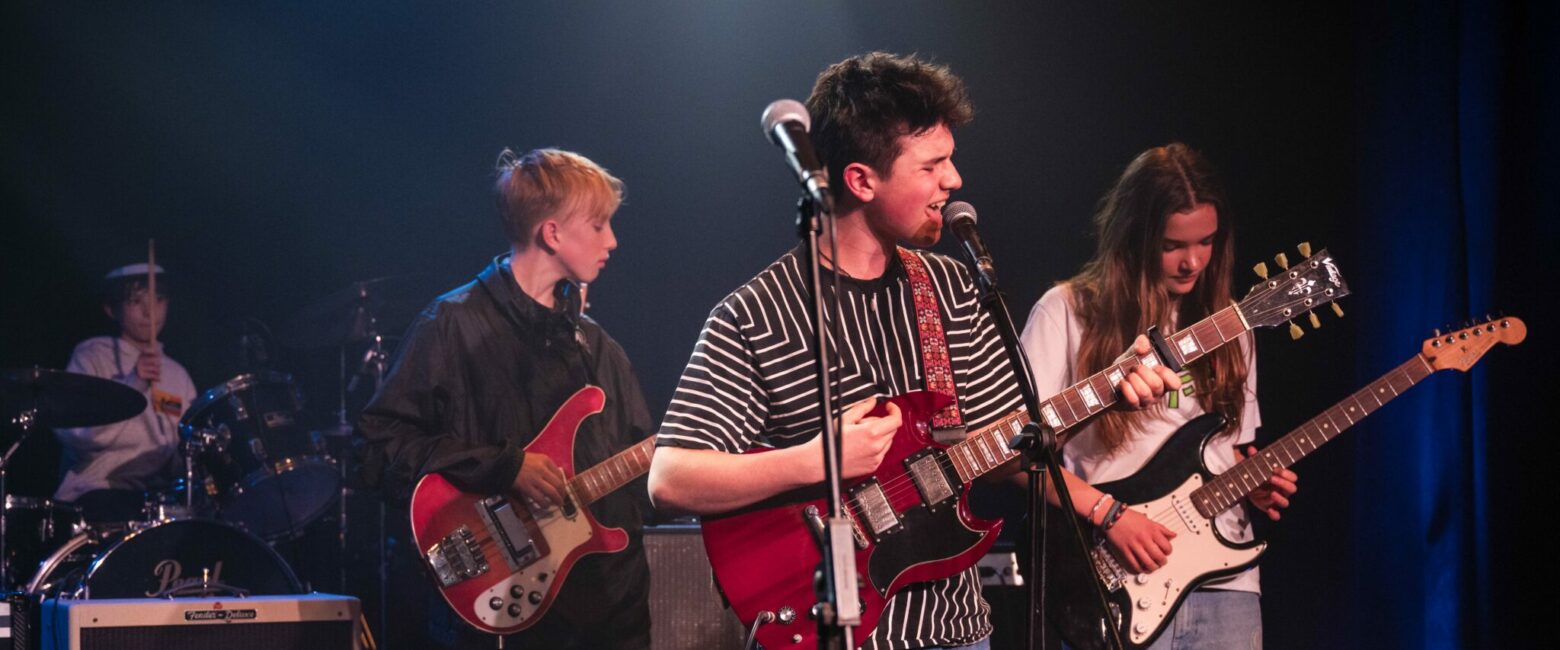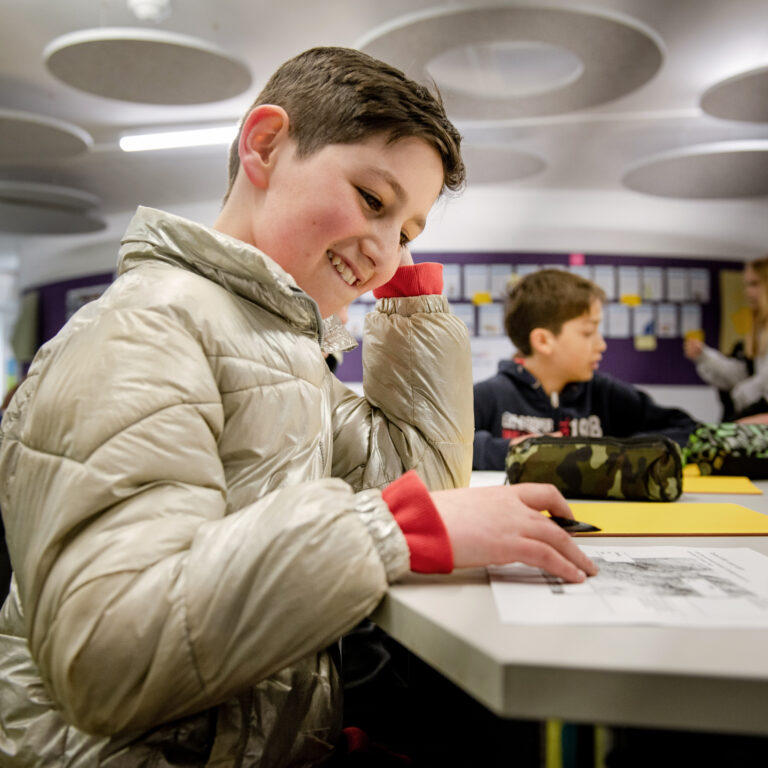Lessons from Auschwitz: KAS Students Participate in Holocaust Education Trust Program
20th November 17

How do you begin to comprehend the enormity of the murder of six million individuals at the hands of the Nazi party and their collaborators during the Second World War? How can you conceptualise the terror and suffering faced by entire communities that were wiped from the map. And how do you quantify the scale of the loss for generations to come?
The Holocaust Education Trust attempts to investigate these questions by exploring the universal lessons from the Holocaust in a four part programme. Two KAS students, Libbi and Bruno in Year 12, and their teacher Rob Messik took part in this programme along with 150 other students from around London. An initial seminar in half term, including a speech from a Holocaust survivor, prepared for the trip ahead and on Tuesday 7th November at 04.30 in the morning, we headed off to Krakow.
The trip began in a fairly innocuous way by visiting the town of Oszwiecim. The town once supported a thriving Jewish community that had been there for 500 years and we stood at the site of the Great Synagogue. Now a patch of grass, the synagogue, once visited by dignitaries from all over Europe, had been burnt to the ground in 1939 when the Nazis invaded and was a stark reminder of what had been lost. From there we went to Auschwitz 1, originally set up as a concentration camp for Polish prisoners. The gate, emblazoned with Arbeit Macht Frei has become a universally recognised symbol of the duplicity of the Nazi regime and it was a sobering moment to walk through it. The camp has become a museum and we were taken round the numerous exhibitions each one more chilling than the last, from the photos of prisoners with their date of admission and their date of death often within weeks of each other to the piles of shoes, belongings and hair taken from the prisoners. A book of four million Jewish names, staggering in its size, occupies one-half of a room and another sits empty other than the drawings from children that sporadically adorn the walls.
From there we went to Auschwitz-Birkenau. Whereas the previous camp plumbed new depths in violence and suffering, it was primarily a work camp. Birkenau was set up with one aim and that was to exterminate. It was here over the course of two and a half years that over 1.1 million people lost their lives. The site, vast beyond belief, sits as a testament to the efficiency of the killing machine and standing in it as the light receded and the biting wind found its mark, was an experience that will stay with us for many, many years. That, more than the destroyed gas chambers or the bunkrooms that housed 800 people, was a glimpse, however minute, into what occurred at this site.
A final seminar on our return to London helped us begin the process of coming to terms with what we saw and it is now down to the students to decide how they wish to share their education with the rest of the school. This was an intense and powerful course, but one that should be integral to all our education.
Rob Messik, Director of the Phoenix Theatre






